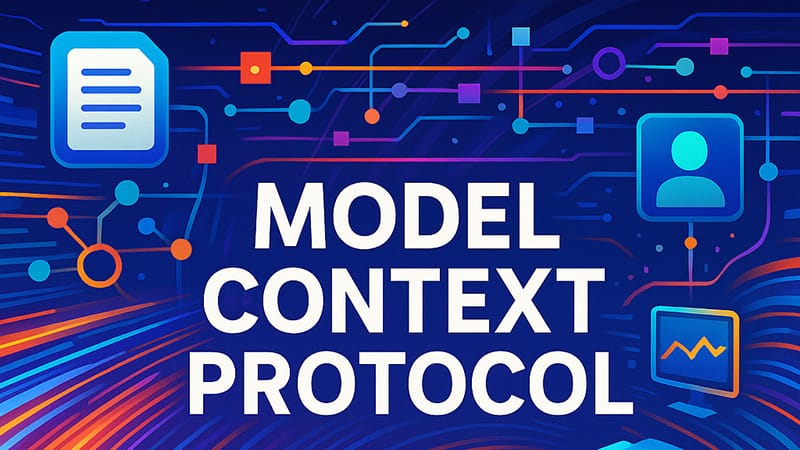As enterprise AI continues to evolve rapidly, the expectations and challenges surrounding the integration of large language models (LLMs) and advanced AI with real-world systems are changing quickly. At FutureNow Solutions, we’ve seen firsthand that simply enabling models with tools is no longer enough. That’s where the Model Context Protocol (MCP) marks an inflection point.
In this article, we’ll break down how MCP goes beyond today’s tool-aware approaches and why it’s set to become the backbone of next-generation AI-powered businesses.
From Tool-Aware Models to MCP: Understanding the Shift
Tool-aware models – in which AI systems can call external APIs, plug into business workflows, and access select live data – have delivered impressive outcomes for our customers.
But as adoption scales, limitations quickly emerge:
- Each tool requires bespoke integration and schema mapping.
- Security, governance, and auditing are siloed at the tool level.
- Adapting to new APIs or switching services demands manual rework.
This approach is effective but only to a certain extent. The complexity curve is steep, risking technical debt and inconsistent experiences across business units.
Enter the Model Context Protocol.
What Is MCP? Why Does It Matter?
The Model Context Protocol is an emerging industry standard that creates a unified, universal layer for connecting AI models with tools, APIs, enterprise data, and business logic. Rather than define each integration from scratch, MCP establishes a scalable, secure, and semantic foundation for all AI-to-system interactions.
Think of MCP as the “universal adapter” for enterprise AI:
- Standard schemas: Any compliant tool, API, or data resource talks the same language.
- Centralized governance: Permissions, auditing, and access control are unified—no more custom policies scattered across plugins.
- Plug-and-play extensibility: Adding new capabilities is as simple as registering a resource without requiring the rewriting of integration code.
Accelerating Innovation and Creativity with MCP
By establishing a unified layer between AI models and enterprise resources, the Model Context Protocol unlocks powerful new possibilities for innovation across organisations of all sizes. Ideas can move from concept to prototype faster than ever as teams seamlessly connect models to fresh data sources and tools without getting bogged down in integration complexity. This accelerates not just the pace of experimentation but also the ability to screen, adapt, and scale promising initiatives, thereby dramatically shortening innovation cycles.
MCP doesn’t just streamline workflows; it brings together data, expertise, and tools from across the business (and even beyond), creating a true ecosystem for creative problem-solving and cross-disciplinary breakthroughs. For smaller organisations – the traditional engines of disruptive innovation – MCP levels the playing field, granting easy access to robust analytics, resources, and AI capabilities that once required extensive investment.
This plays into the idea of Technology Fusion, which is what happens when ideas from different domains are combined to create something new. The obvious example that is usually cited is the mobile phone, combining the features of a phone, music player, games device and video streamer. A technology such as MCP opens possibilities to bring together quickly data and services from disparate domains in the conceptualisation of new and innovative products.
In essence, any technology harnessing AI to lower barriers to ideation and collaboration is a direct catalyst for real-world innovation, and that’s where MCP may be of particular value.


Leave a Reply